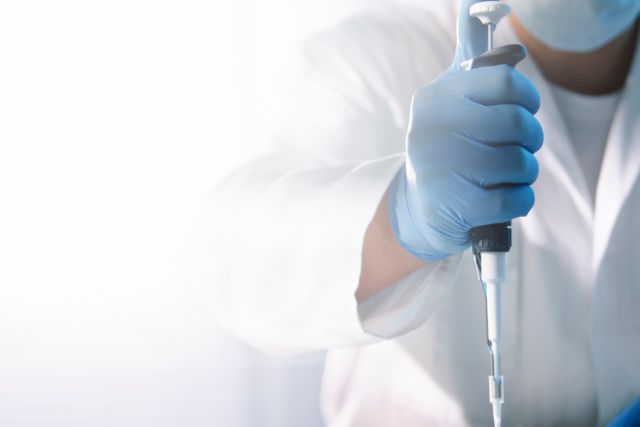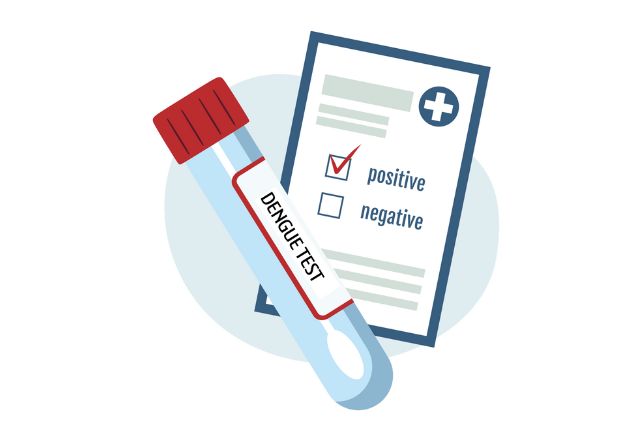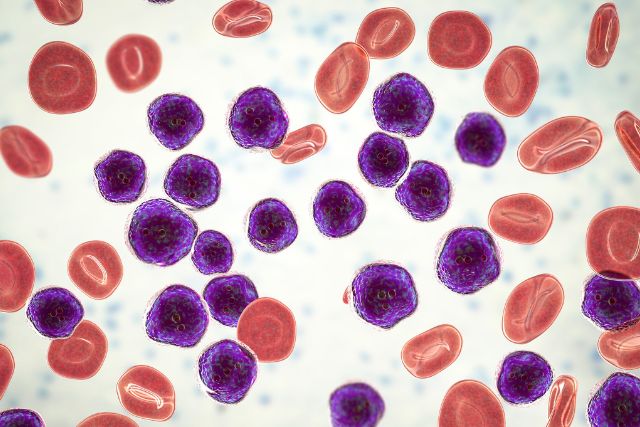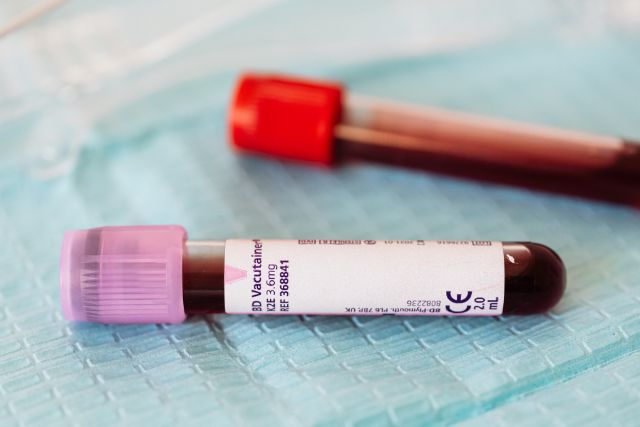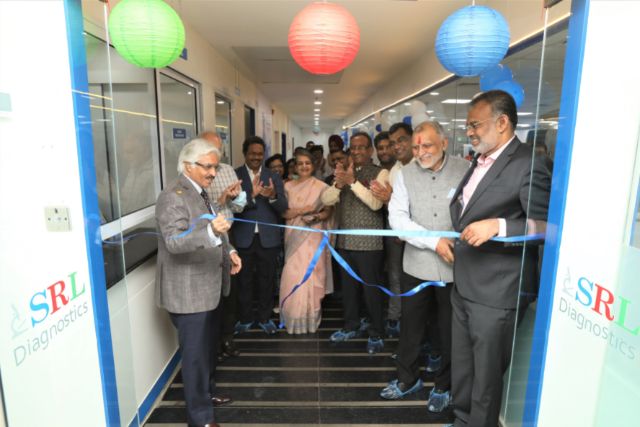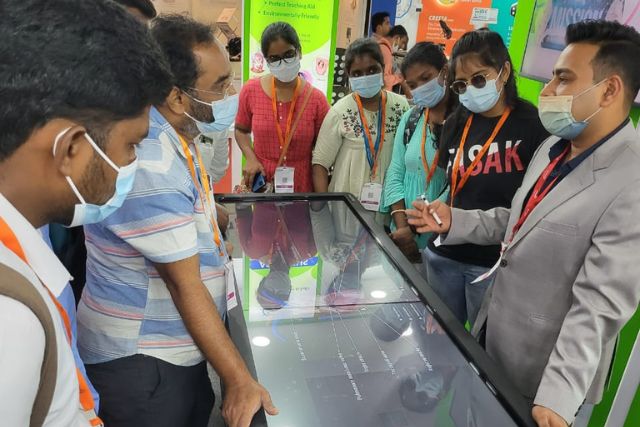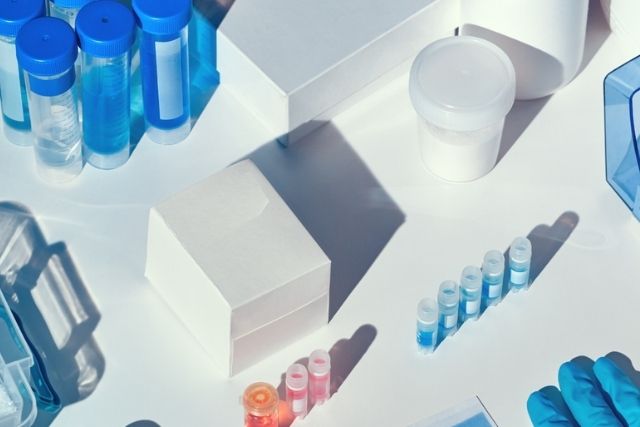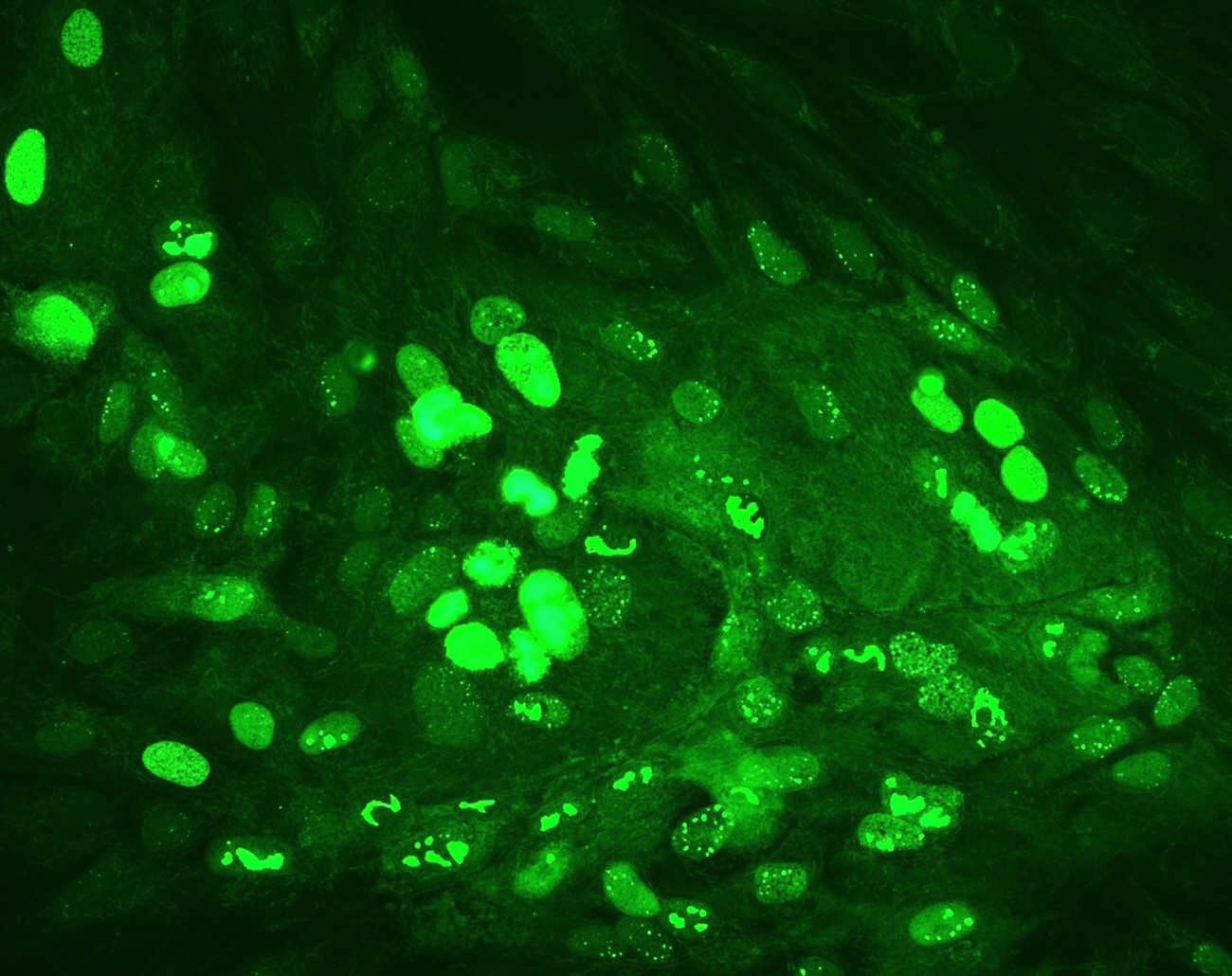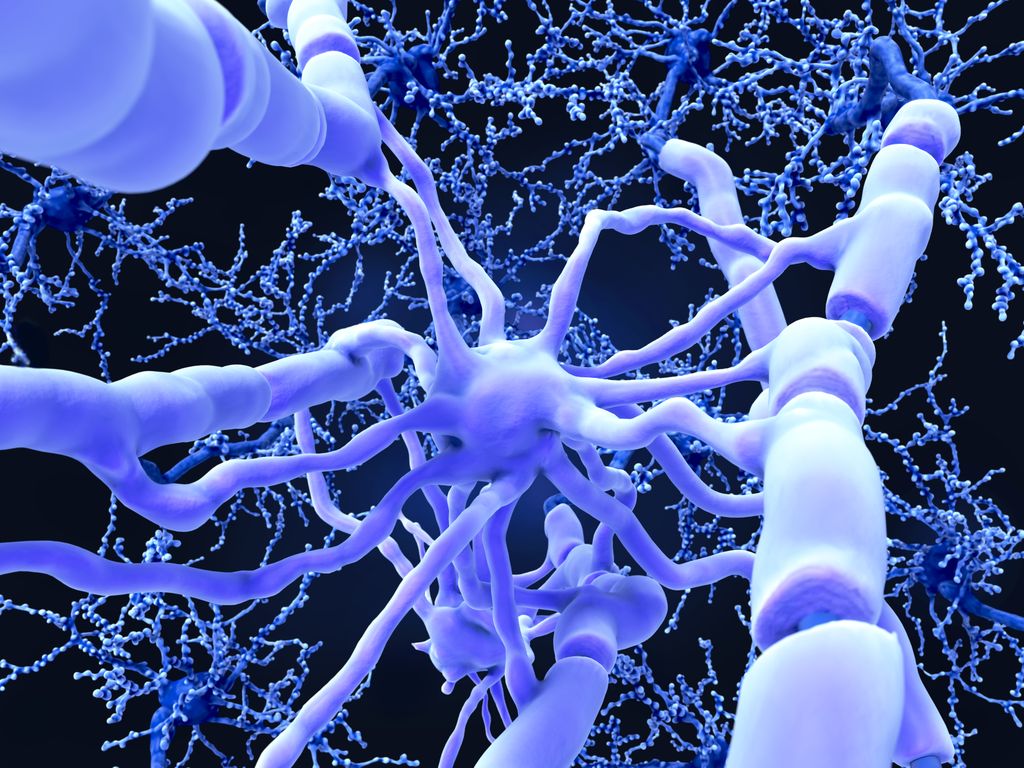Building a diagnostic lab requires careful planning and attention to detail to ensure efficiency, accuracy, and compliance with relevant regulations.
Here are ten tips to consider when constructing a diagnostic lab:
- Define your objectives: Clearly outline the goals and purpose of your diagnostic lab. Determine the types of tests and diagnostics you plan to offer and the volume of samples you expect to handle. This will help you design a facility that meets your specific needs.
- Engage with experts: Consult with professionals experienced in diagnostic lab design and construction. They can provide valuable insights into layout optimization, workflow efficiency, and regulatory compliance.
- Adequate space allocation: Ensure you have sufficient space to accommodate various functional areas, including sample collection, processing, testing, storage, and administrative offices. Plan for future expansion to accommodate potential growth.
- Design for workflow efficiency: Create a logical and efficient workflow that minimizes sample handling and maximizes productivity. Consider the sequence of steps involved in sample processing, the movement of personnel, and the layout of equipment to optimize efficiency.
- Ensure proper ventilation and safety measures: Install an effective ventilation system to maintain air quality and minimize the risk of contamination. Incorporate safety features such as fume hoods, biosafety cabinets, and emergency response systems to meet regulatory requirements and protect personnel.
- Optimize equipment placement: Strategically position equipment and instruments to minimize movement and streamline processes. Consider factors such as ergonomics, access to utilities, and the need for specialized infrastructure (e.g., electrical, plumbing, gas) for specific instruments.
- Create dedicated areas: Designate separate areas for different activities, such as sample reception, processing, analysis, and storage. This segregation helps prevent cross-contamination and ensures efficient utilization of space and resources.
- Plan for data management and connectivity: Implement a robust laboratory information management system (LIMS) to track samples, results, and quality control data. Ensure reliable connectivity for data transfer and integration with external systems, such as electronic medical records.
- Regulatory compliance: Familiarize yourself with local, national, and international regulations and standards applicable to diagnostic laboratories. Ensure your facility meets all necessary requirements for accreditation, safety, and quality control.
- Quality control and validation: Develop rigorous quality control protocols and validation procedures to ensure the accuracy and reliability of test results. This includes proper calibration of equipment, regular maintenance, and adherence to standardized testing methodologies.
Remember, building a diagnostic lab involves a multidisciplinary approach, incorporating architecture, engineering, biosafety, IT infrastructure, and regulatory compliance. Seeking guidance from experts in these fields will help you design and construct a lab that meets the highest standards of quality and efficiency.







